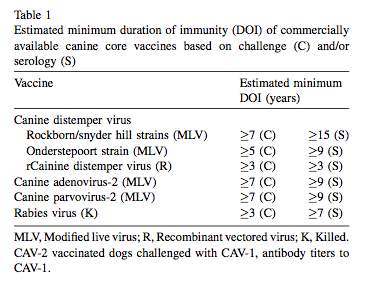My Say: South Australian Dog and Cat Reforms
It’s been brewing for a while. In January 2013 that I urged readers to make a submission to the Select Committee. They were looking for suggestions to ‘improve animal welfare’ and ‘reduce euthanasia in shelters’. It was July 2013 that they ignored all evidence-based suggestions and instead went with simply replicating faulty legislation as seen in other states.
Then it all went quiet, and I was optimistic that the whole stupidity had disappeared.
But in September last year, there were indications that legislation was in the works. A few news articles that gave glimpses of a story.
And then…
Last month, April 2015, we were given another opportunity to respond. This time, the legislation is written down, and they’re wanting feedback on the actual words. It’s great that they’re inviting feed back, but some of the choices are a bit concerning.
Each area will have its own blog post, but this blog post serves as a summary of the major points.
Submissions can be made through the Your Say website through the section on South Australia’s Dog and Cat Reforms.
There are two proposed areas for change:
- A new Breeder Code of Practice (submissions required by 29th May 2015), and
- Changes to the Dog and Cat Management Act (submissions required by 26th June 2015).
Further, there is a Citzens’ Jury on mandatory desexing.
A new Breeder Code of Practice (COP)
While this could’ve been disastrous, the COP proposed here is milder than that in other states (like Victoria). So breeders can take a much needed breath – at least for now.
The ‘good thing’ about this COP is that it does not discriminate on breeders based on arbitrary measures. It simply requires that anyone who breeds dogs or cats ‘for sale’ is required to register as a breeder. However, this is a little bit muddy. Do I have to register as a breeder if I sell a litter? If I have a litter that is born? If I have a bitch in whelp? When I attempt a mating? When I own an entire animal? This area is unclear.

Myrtle and Clover both lactated and mothered Myrtle’s litter of puppies.
The main issues are:
- A lot of the standards and guidelines are incredibly burdensome for a small hobby breeder. This includes excessive record keeping.
- The code practically prohibits the use of crates by breeders. Crates have many purposes. The way the COP is written, crates are smaller than the minimal size area that dogs can be kept in.
- The COP requires animals to be isolated from each other, in situations that are excessive. For example, a bitch cannot raise a litter with another bitch (i.e. co-parent), as they must be isolated from other animals when with pups. Also, bitches who are in season must be separated from other animals – which is a 3 week period where a social animal is required to be by themselves.
- Standards sometimes do not apply for people with droving or stock-working dogs. If these standards are necessary for best practice, then they must be true for all dogs. Suggesting that the physical and psychological needs of working dogs varies weakens this legislation.
- A standard specifies that animals “must” (quote!) be euthanised on the recommendation of a vet.
For more details, see the complete blog post.
Changes to the Dog and Cat Management Act (D&CMA)
I was surprised to find I had more objections with these changes than the breeder code! They are:
- Facilities are not required to check for a microchip in lost animals! While I support the general idea that all animals should be microchipped, I am alarmed that the changes to the Act do not necessitate an authorised person and a facility to scan for a microchip on all animals impounded, and animals that are received deceased (e.g. road kill animals). This section urgently needs attention to ensure that facilities carefully check animals for microchip, seek this microchip number on available databases, and action the contact details linked on the database. This section of the Act urgently needs to be reviewed.
- They can desex your lost pet! I am incredibly troubled by the proposed inclusion that allows a holding facility to desex and microchip an animal in their care. It is unclear why this section of the legislation has been included. It does not specify a time limit from seizure to surgery – hence, a person with a dog roaming at large for several hours could have their dog seized and desexed before being returned. This is a huge violation of the rights of the owner to keep their dog entire if they see fit. This section must be amended to at least specify that desexing can only occur 72 hours after impoundment.
- Requiring all animals to be microchipped. If a pet owner has a pet that is not microchipped, they will have to have it microchipped. The cost of doing so could be prohibitive and people may be forced to choose to relinquish their pets or live as criminals under the D&CMA. A grace period of two years may help to alleviate this problem.
- The requirement of breeders to be registered. I’ve always maintained that breeder registration will not achieve the welfare aims many activists believe. That is, breeder registration is bollocks.
More details on these changes in this blog post.
I hope this gives you a basis to begin your submission, and hope to provide you more specific inclusions for your submissions in the coming days.


 Necessities
Necessities
